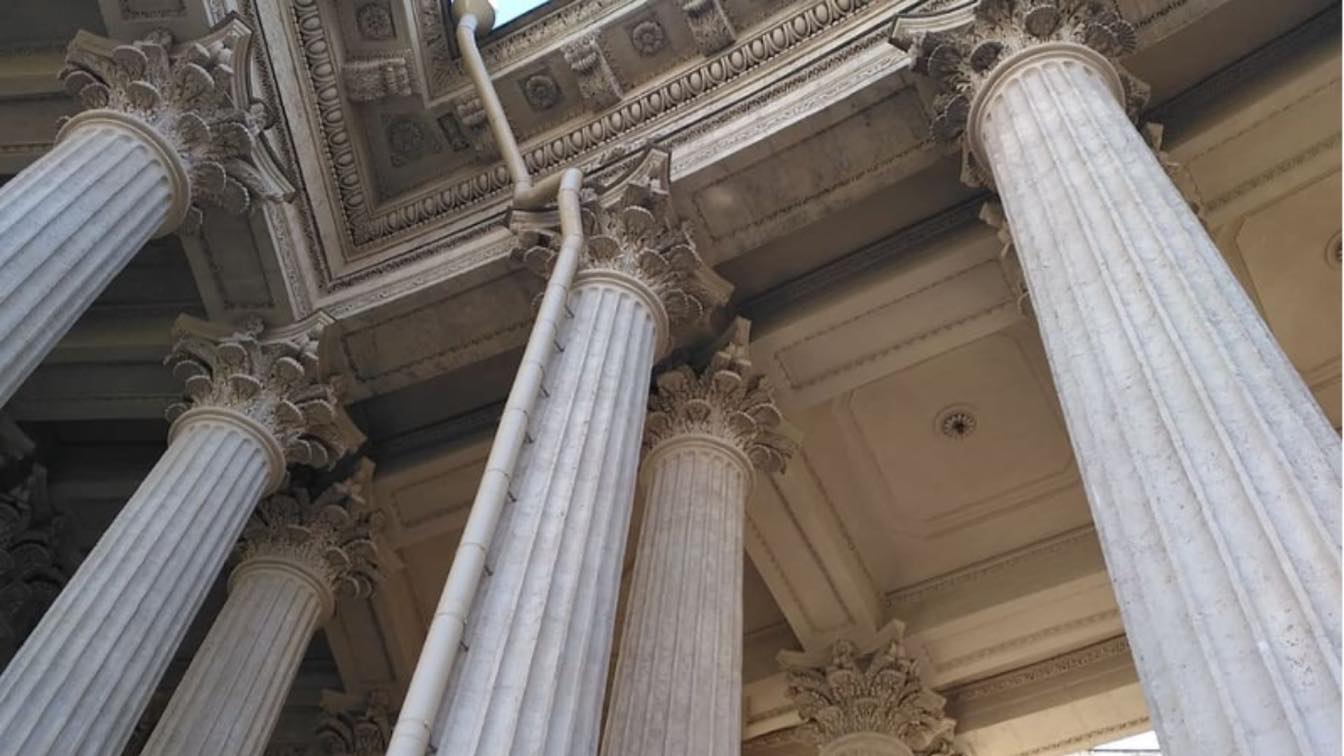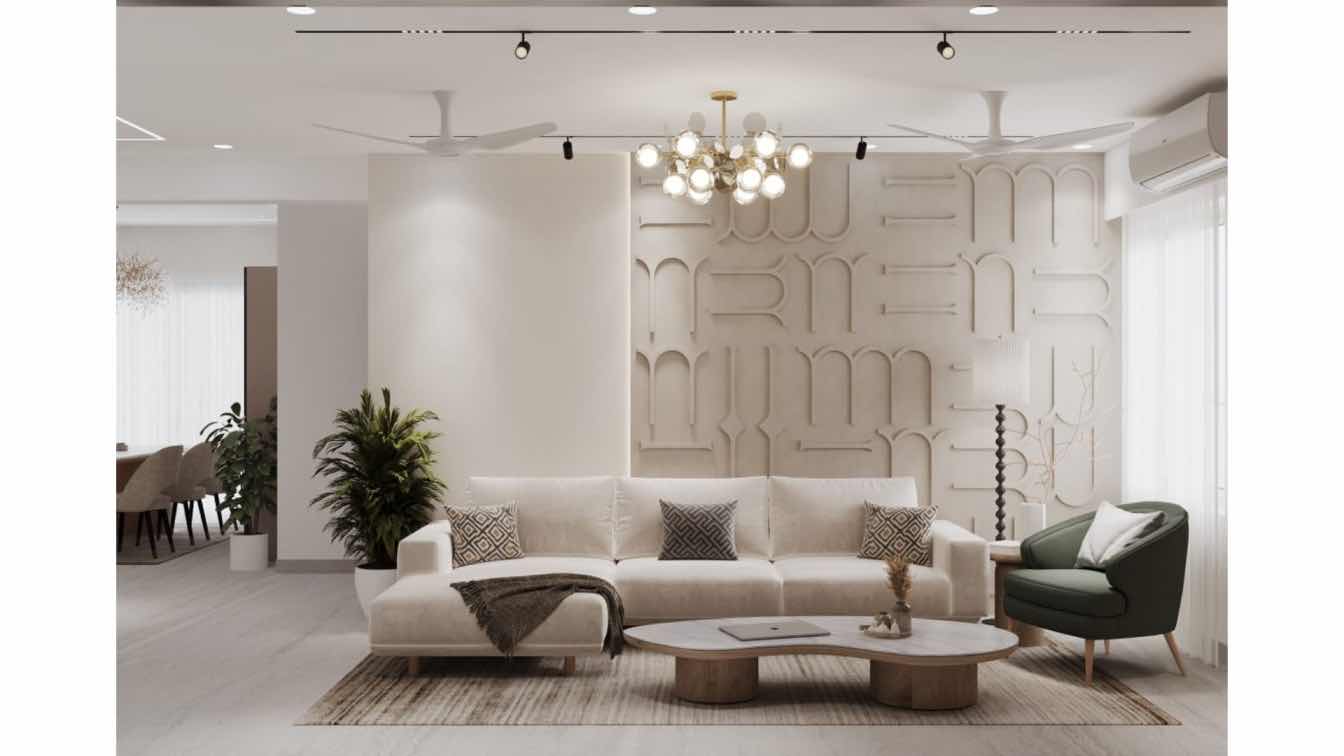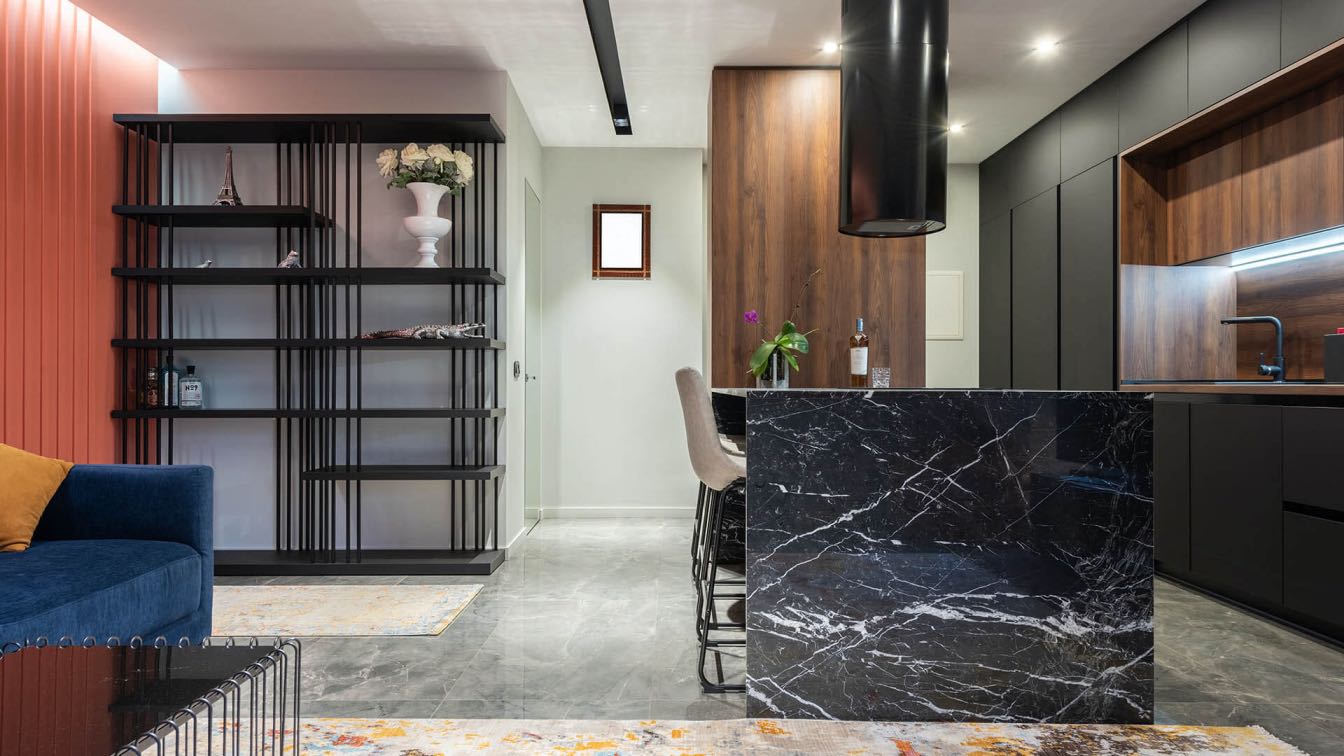Imagine the magnificence of a meticulously crafted monument, the grace of an intricate facade, or the allure of an artfully designed space. These architectural marvels take shape not merely by an architect's vision but by the hands of technology as well. One such technology causing ripples in the architectural realm is waterjet cutting. It is a transformative tool, carving creativity into solid reality.
For unparalleled precision and efficiency, TECHNI Waterjet cutting solutions have become a go-to choice for professionals pushing the boundaries of architectural design.
Waterjet cutting, like its name suggests, involves a high-velocity stream of water, or a combination of water and abrasive particles, directed with extreme precision to cut through materials. This technique has been widely adopted in many industries, including architecture, where it's creating a significant impact.
A New Wave in Design Capabilities
The advent of waterjet cutting has dramatically expanded the possibilities in architectural design. It offers unique advantages that traditional cutting methods cannot match.
Versatility: Waterjet cutting isn't selective about its subjects; it can accurately slice through an array of materials, from glass, metal, stone, to thicker materials like steel or granite.
Precision: The technique provides unmatched accuracy, creating detailed and complex designs without causing material distortion or damage.
Eco-friendly: Waterjet cutting is a cold cutting process, hence no heat-affected zones (HAZ) or mechanical stresses are induced. Furthermore, it doesn't produce harmful gases or waste, making it an environmentally friendly choice.
Unleashing Creative Potential
This high-precision and flexible tool has opened up an array of new design possibilities for architects. Intricate designs that were once considered impractical or impossible are now being materialized with the help of waterjet cutting.
Consider the trend of incorporating custom-cut metal panels in building exteriors. These unique designs, often abstract or inspired by natural elements, add a touch of artistry to the building. Previously, achieving such intricate detailing with traditional cutting methods would have been challenging, if not impossible. However, waterjet cutting has made it feasible to create these bespoke masterpieces.
Transforming Architectural Aesthetics
Architecture is a realm where form meets function, and aesthetics play a crucial role. Waterjet cutting is significantly impacting architectural aesthetics in several ways.
Enabling Intricate Designs
Waterjet cutting offers a level of precision that enables architects to venture into creating more detailed and complex designs. Whether it's delicate patterns in stonework, detailed metal facades, or intricate tile inlays, waterjet cutting provides the tools to actualize these ambitious designs.
Enhancing Material Possibilities
With waterjet cutting, architects can now work with a wider variety of materials, including those that were previously deemed too challenging to cut. Glass, for example, can now be precisely cut into unique shapes and sizes, enabling innovative uses in architectural designs.
Encouraging Sustainability
The eco-friendly nature of waterjet cutting aligns well with the growing emphasis on sustainable architecture. As the industry moves toward greener practices, the use of waterjet cutting helps minimize environmental impact while still achieving stunning results.
Case Studies of Waterjet Cutting in Architecture
Several contemporary architectural projects worldwide are a testament to the transformative impact of waterjet cutting. Here are two examples:
The Leaf House, Brazil: Designed by Mareines + Patalano Arquitetura, the house's roof, inspired by a leaf's shape, was cut using a waterjet. This enabled the creation of its unique, organic design, which would have been impossible with traditional cutting techniques.
The Serpentine Pavilion, UK: The complex geometric pattern on the pavilion's aluminum roof was achieved using waterjet cutting. Architectural firm, AECOM, utilized the precision of waterjet technology to bring their intricate design to life.
The Future of Waterjet Cutting in Architecture
As we peer into the future, the role of waterjet cutting in architecture seems more prominent than ever. It aligns with the growing focus on precision, customization, and sustainability in the field.
Customization on Demand
In an age where customization is king, waterjet cutting stands out as an enabler. The technique allows architects to easily modify designs and tailor-make elements to suit the client's vision.
Enriching Digital Fabrication
Waterjet cutting is an integral part of digital fabrication, a process that combines 3D modelling with modern cutting techniques. As architects increasingly turn to digital fabrication for its precision and efficiency, the importance of waterjet cutting will only grow.
Expanding Sustainable Practices
The inherent environmental benefits of waterjet cutting make it a valuable asset for sustainable architecture. Its adoption is likely to increase as the industry continues to prioritize eco-friendly practices.
Conclusion
Waterjet cutting is revolutionizing the architectural world by enhancing the design capabilities and aesthetic possibilities. This versatile and precise technique is empowering architects to create designs that were once unthinkable. It is breaking down barriers between the architect's vision and the final structure, allowing creativity to flow freely. As architecture evolves, the role of waterjet cutting seems set to expand, promising a future where beauty and innovation go hand in hand. The wave of waterjet cutting is, indeed, reshaping the architectural landscape.
The impact of waterjet cutting on architectural aesthetics is no less than profound. It has emerged as an essential tool that is guiding architects toward a future of limitless design possibilities, increased customization, and sustainable practices. The echo of its influence is likely to reverberate through the architectural landscapes of tomorrow. Its contribution to the transformation of spaces, from ordinary to extraordinary, is a testament to the blend of technology and creativity in defining the aesthetics of architecture.





